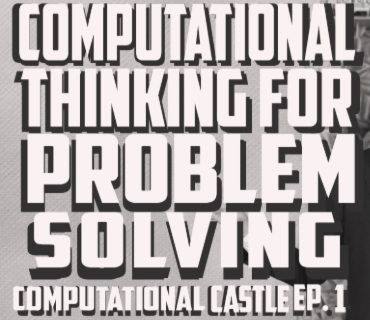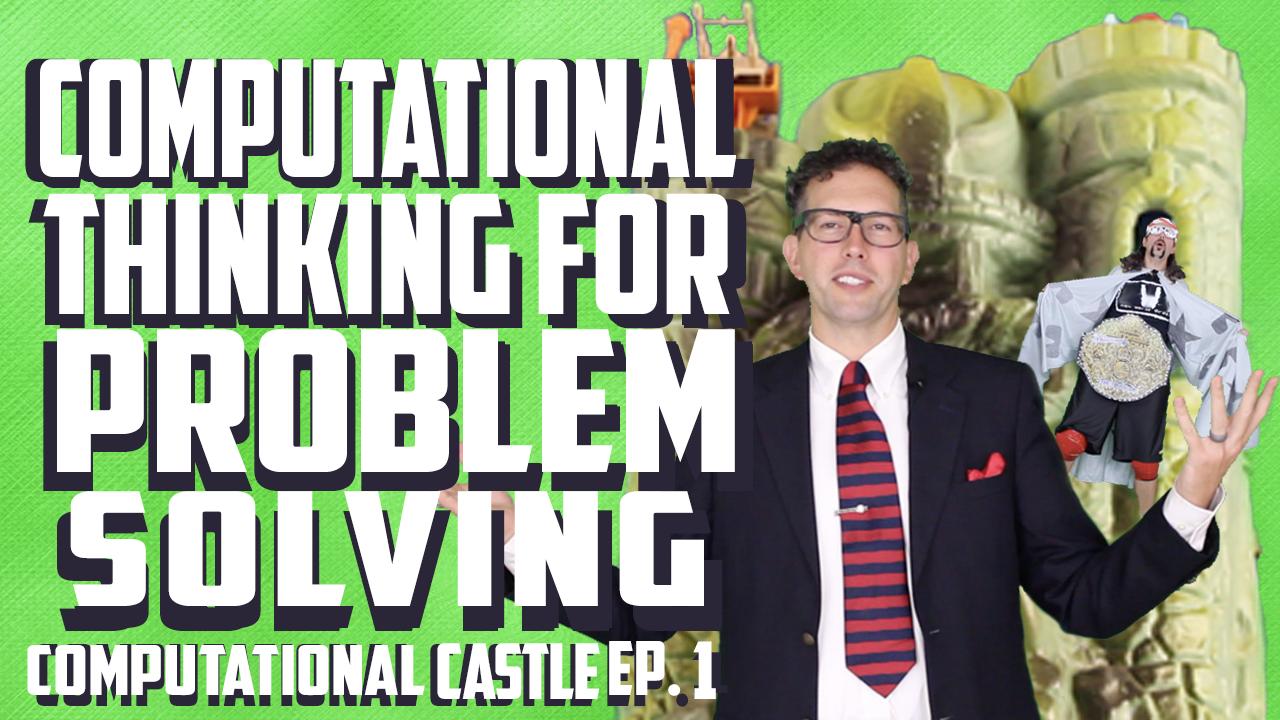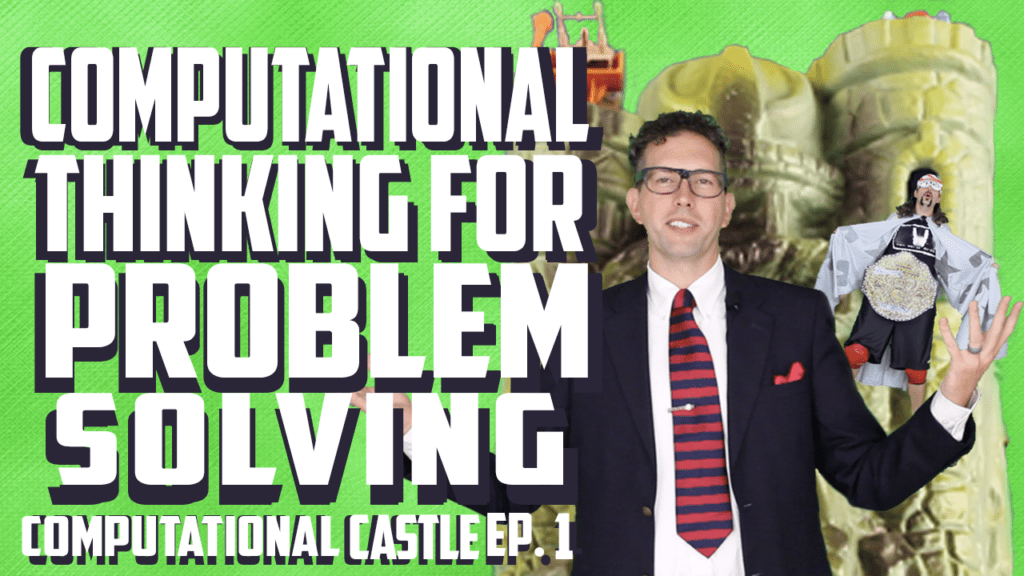
“Well, you see, coding is really all about…” I remember bringing up this conversation with a peer.
Full Story
“Well, you see, coding is really all about…”
I remember bringing up this conversation with a peer. I was recently inspired by Apple’s “Everyone Can Code” video and I realized that coding was just problem-solving. If more people could code, how many more problems could we solve in the world?
“Well, programming is the language to solve problems with a machine.”
That became more of my explanation of what I could provide to my peers after I became an Apple Teacher with Swift Playgrounds, completed a Code.Org course, and read Computational Thinking and Coding for Every Student.
“Well, computational thinking is when we can break a problem down into manageable steps and develop an algorithm to solve it.”
After going through so many resources, I noticed that my approach to problems changed. I could analyze a problem, decompose it, look for patterns, and come up with steps to solve it.
“Well, why can’t you use computational thinking in your class?”
This started to become a professional development theme in my district to get more teachers to understand computational thinking as a way to solve problems. A few teachers did buy-in and they incorporated the South Carolina Computer Science and Digital Literacy Standards into curriculum documents, started Coding Clubs or hosted professional development sessions at their schools.
“Well, how can I get even more teachers – or just more people to understand this concept?”
I thought to myself and then it dawned on me: YouTube. I used a lot of the material from the Computational Thinking and Coding for Every Student, and even consulted with one of the book’s authors, Kiki Prottsman, to develop a script.
“Well, how can I be sure the audience will retain this information?”
I wanted to utilize the Instructional Video concepts from Richard Mayer’s Multimedia Learning, but also, have fun with it. I knew Mayer talked about the signaling principle to get the audience’s attention and make it stick.
“Well, what if I re-create the titles from Filmation’s ‘He-Man and the Masters of the Universe’ to be the vocabulary words in the film?”
I had some Photoshop experience but never used After Effects. I approached the small task with a growth mindset and lots of tutorials that were watched and watched again. I saw that incorporating my background in Film and Animation was applied to animating graphics with words like algorithm, decomposition, abstraction, and more.
“Well, how can I incorporate my own interests into this, to make it even more of a passion project?”
I had a lot of fun coming up with parodic roles of the characters and connected them to technology. I knew the roles could be portrayed as myself in costume, and I could design my characters in Photoshop or utilize stop motion animation with my renovated and vintage action figures.
“Well, I guess I should call it Computational Castle.”
If Pee-Wee had a Playhouse, I had my fixed up Castle Grayskull. If Mister Rogers had puppets, I had action figures. If pro-wrestling was so over the top, I could develop this into an edutainment special. After two years of development to screen, I finally have the trailer for the film on my channel, and I plan to release the full film on Christmas Day, 2019.

“Well, if you believe in this concept and the fact that edutainment can be used for good, maybe you could give it a view and share it.”
This is what I am telling myself as I reflect on the creative journey and all of the hard work in this passion project. Hopefully, this will inspire others to utilize computational thinking for problem-solving or maybe see that everyone can create if they have a growth mindset.
About the Author
James “Bo” Gorcesky is a Digital Integration Specialist for Horry County Schools in South Carolina. He collaboratively plans and leads professional development sessions that are focused on emerging technologies and utilizing 1:1 Chromebooks for personalized instruction. He loves to recycle, read comics, share on social media, create works of digital art and catch up on the latest in pro-wrestling. Besides being an adjunct professor at Coastal Carolina University, he volunteers at a Girls Who Code club and he is married with three small children.

